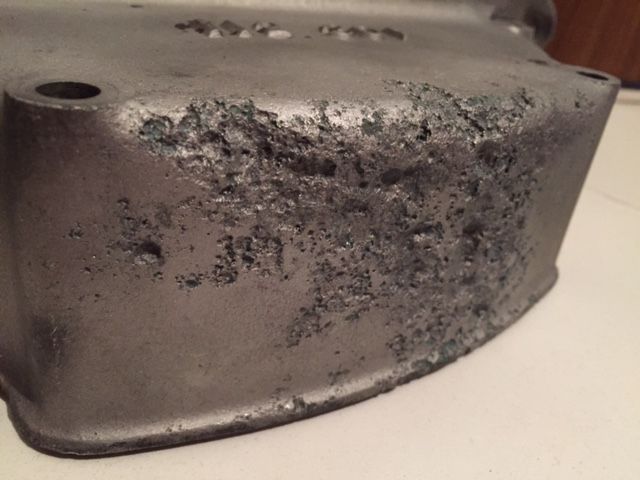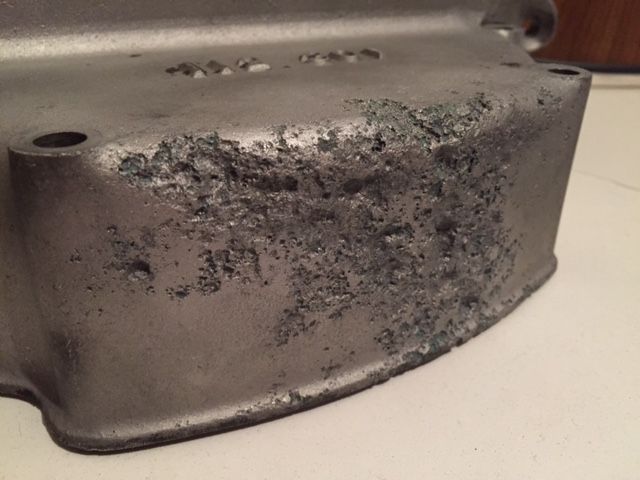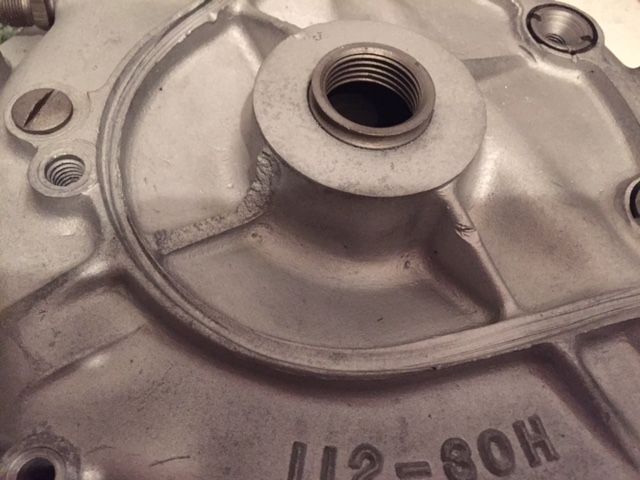I got some cases today, a matched pair of 1933 VE cases. I don't know much about the VE other than it is a solo with different pistons. My books do not cover them well. One case is pitted worse than I expected, but I have seen worse in general. The main problem I have is the support in the middle has one fin cracked out of it. My local Harley machinist says this may affect the integrity of the motor and I should look for better cases. Here are some pics of the pitting and the fin. Can/should I fix these or keep looking? Thanks.






Comment